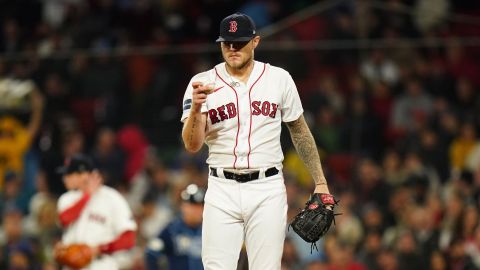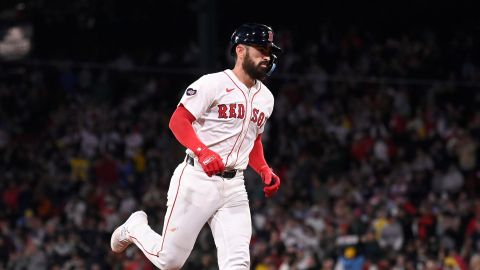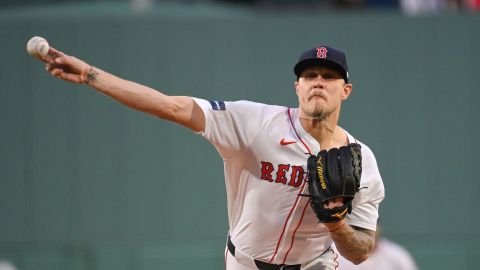 Will the real Jose Iglesias please stand up?
Will the real Jose Iglesias please stand up?
From the beginning of the 2013 season through June 11, the 23-year-old shortstop had finally looked to become the player the Red Sox hoped he might be — and so much more. For years, Boston had been waiting for the youngster to show that he could hit enough to justify getting his glove on the field, and Iglesias finally broke through, hitting .387 in 187 plate appearances.
However, in his final 13 games with the Red Sox, Iglesias hit just .116 with no extra base hits and no walks.
So which Iglesias will show up in Detroit? Will it be the one who owned a career .622 OPS in the minor leagues or the one who shot line drives all around Fenway Park in the equivalent of nearly two months’ worth of playing time?
In short, this really shouldn’t be much of a question. The one bizarre thing about Iglesias’ early season hot streak was simply that it lasted for so long. One hundred eighty-seven plate appearances is a long time for a player to hit that much better than his career norms. However, there were multiple red flags screaming the shortstop’s production was a mirage.
First and foremost was the fact that Iglesias owned a .441 batting average on balls in play (BABIP) over that time. For those who need a quick primer on sabermetrics, BABIP is a player’s batting average discounting at-bats that end in strikeouts or home runs. On the aggregate, a hitter’s BABIP, no matter who they are, will always trend back to .300. A player with a BABIP below .300 is unlucky and you can expect his performance to improve, while a BABIP above .300 means a player is probably performing above their ability.
Suffice it to say, a .441 BABIP is insanely high, and the only conclusion was that Iglesias would come back down to Earth sooner rather than later.
And fall Iglesias did, struggling badly in those last 13 games with the Red Sox. Basically, Iglesias was a classic case of regression to the mean, since his performance early in the season was a clear outlier from what he had done prior in his professional career.
In short, it always seemed very silly to put too much stock in Iglesias’ seemingly overnight ascent. Even in 33 games in Triple-A Pawtucket this season, Iglesias hit just .202 with a .581 OPS — certainly not numbers you’d expect to see from someone about to legitimately break out.
All in all, Iglesias just didn’t become the player the Red Sox were hoping he might, and there’s little evidence he ever will. Iglesias’ hot start to 2013 always seem predicated on extremely good luck rather than a legitimate change in approach at the plate, and it was dubious that he was capable of making the necessary adjustments to become that player.
So, in swapping Iglesias (and three minor leaguers) for Jake Peavy, it seems the Red Sox didn’t have anything to lose. The Red Sox get a pitcher who is a very good No. 3 guy in the rotation (if not an ace at this point in his career) for their playoff run, and now, Detroit gets saddled with the frustration of waiting (probably in vain) for Iglesias to fulfill his offensive promise.
The problem is that the real Jose Iglesias isn’t the player who hit .387 for an extended period. The real Jose Iglesias is the guy who slugged .314 in the minor leagues. But that player isn’t who baseball people saw. They only saw what he might be.
The real Jose Iglesias has been standing, waving his hands and jumping up and down for years. But, because of his defensive prowess, that player was ignored and Iglesias was believe to be capable of things he was not.



